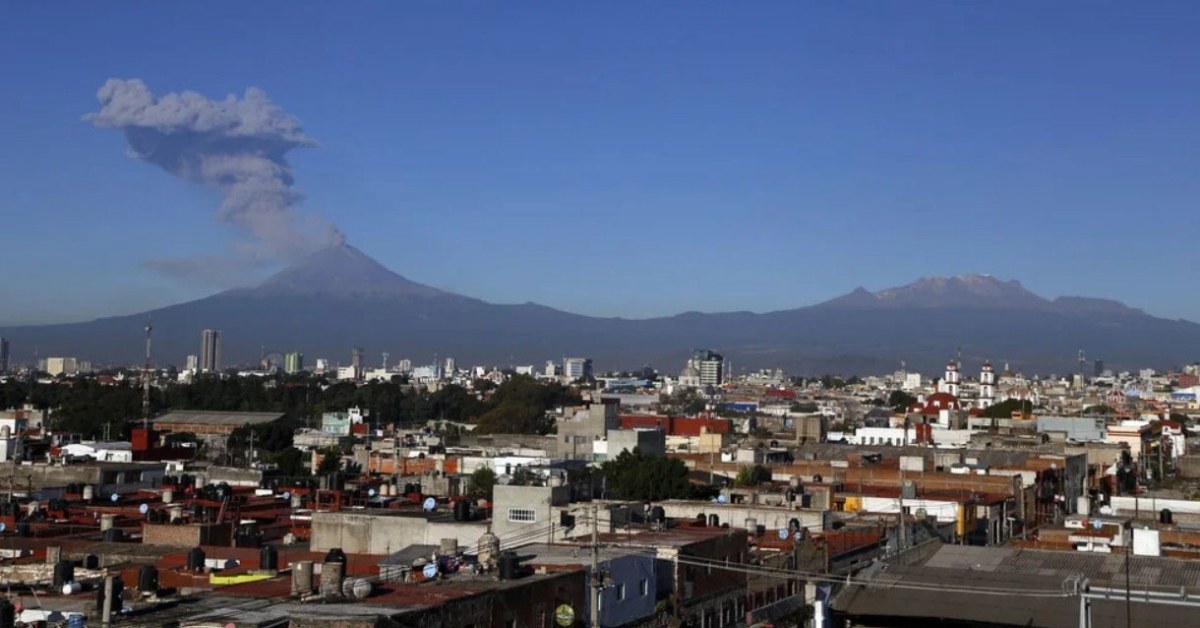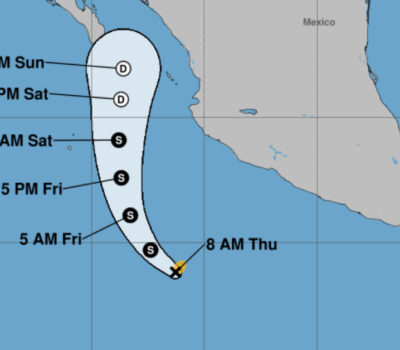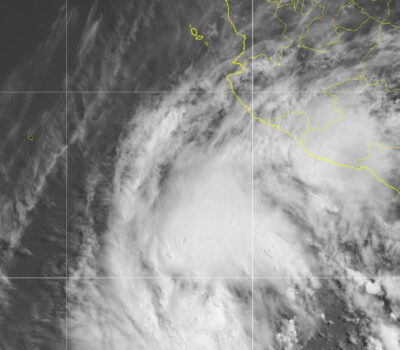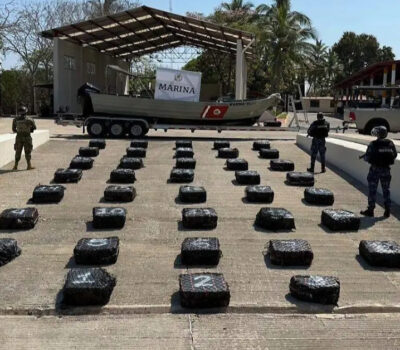The Secretariat of Comprehensive Risk Management and Civil Protection of Mexico City (SGIRPC) reported that due to the recent activity of the Popocatépetl volcano, ash fall is expected in all the CDMX municipalities. At 5:05 p.m. on Monday, September 19, phase two of the volcanic alert traffic light was activated.
Likewise, he urged the population to take precautions such as staying informed through official channels; covering the nose and mouth with a handkerchief or wearing a face mask; clean eyes and throat with pure water; as well as use frame lenses and avoid contact lenses to reduce eye irritation.
Similarly, the National Autonomous University of Mexico ( UNAM ) recommended that the population not perform outdoor activities; keep pets inside, as well as their food; sweep and remove ash from roofs, terraces, and streets.
The National Water Commission ( Conagua ), reported that there is no visibility towards the Popocatépetl volcano area and in case of activity, the trajectory forecast is in a west-northwest direction over the municipalities of Atlautla and of Ozumba in the State of Mexico.
Some mayors shared some recommendations to take into account through their social networks, as is the case of Iztapalapa.
“The particles produced by the fragmentation of the rocks of the Popocatépetl volcano can have an effect on our health,” warned the mayor of Iztapalapa.
The National Coordination of Civil Protection (CNPC) asked people to take extreme precautions in case there is a fall of ash generated by Mexico’s most dangerous and active volcano, it also stressed the importance of knowing what effects are generated in the body.
”Ashes are particles produced by rock fragmentation during eruptions and are less than 2mm in size. Its effects can go unnoticed and last for a long time, even after the eruption is over,” he noted.
The affected areas in the respiratory system range from the extrathoracic region such as the nose, mouth, and larynx; the tracheobronchial region including the trachea and bronchi; as well as the alveolar region in the lungs and alveoli.
Particles smaller than 4 microns lodge in the alveoli of the lungs, likewise, the body encapsulates the particles as a defense mechanism of the lung and forms a scar that causes inflammation and reduces the ability to breathe.
Frequent exposure to volcanic ash can cause acute eye and respiratory irritation; irritative conjunctivitis or abrasions to the cornea, gastrointestinal disorders; severe forms of respiratory exhaustion; pre-existing hypersecretion of mucus, and the potential to develop obstructive diseases, as reported by Civil Protection.
People could not help but attribute the fact of the volcanic ash to a “terrifying” day with the earthquake that occurred today around 1:05 p.m., Central Mexico time, which left a person dead in Colima, several injured, as well as damaged buildings in various parts of the Mexican Republic with a magnitude of 7.7.
The Secretariat of Comprehensive Risk Management and Civil Protection of Mexico City (SGIRPC) reported that due to the recent activity of the Popocatépetl . . .












